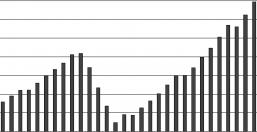Reading BRG Reserve Studies
Not all reserve study reports are alike which is why many clients prefer BRG. Our reports are specifically tailored to each client type, service type and jurisdiction (state or country), so our reports don’t treat everyone with a generic one size fits all mop bucket, but rather our reports contain only what is germane to each client’s unique structure. The following describes and highlights various beneficial features within our reports. Some sections may not be included within every report.
Click here to learn about our standard component library.
Transmittal Letter
Every reserve study comes with a cover page identifying key points in the study. Only have a minute to review key aspects of the study? Answers are only a minute away in the transmittal letter.
Table of Contents
Our reserve studies have an individualized table of contents listing where all of the information is contained in the study. It may seem like a trivial issue, but our studies have consecutive page numbering so no more thumbing through the study during meetings with your colleagues, struggling to all get on the same page.
Section I, Reserve Study Summary
The first section in BRG studies is the study summary. This summary presents in a format that is consistent with state statutes, where applicable, key information about the project and the study. For example, the level of service, of the study and a brief description of the project are outlined. In addition the coming year’s reserve contribution is contained along with fund balance information and the reserve funds’ status is displayed utilizing a unique graphical interpretation. Finally, any exclusions, special considerations, and conflicts are outlined in the study summary. This is also the section where BRG makes a statement regarding the adequacy of the project’s reserve funding.
Section II, 30 Year Expense Forecast
The 30 year expense forecast lays out the inflated expenses in a data rich presentation that is popular with clients. This section is the study’s expense side powerhouse where component replacement schedules are easily viewed along with individual component core metrics such as current cost, life, quantity and location, and all components are backed up with additional information and narrative summaries in Section VI (Included Component Listing).

Sample Expense Forecast
Section III, 30 Year Reserve Funding Plan
The 30 Year Reserve Funding Plan presents the reserve funding recommendation in a simple format that neatly ties together income, interest, expenditures, and balances. Naturally this is the study’s funding side powerhouse where even the most complex mixture of special assessments, loans, and inter-fund transfers are accommodated, and when complex funding situations occur, each additional funding item is backed up with simple core metrics and descriptive summaries.

Sample Funding Plan
Section III-a, 30 Year Reserve Funding Plan Ending Balance Chart
The 30 year reserve funding plan Ending Balances chart presents an uncluttered view of the fund’s ending balances. Since the funding plan’s goal is to maintain a positive fund balance above some minimum level, this graph clearly highlights those critical low balance years and confirms that the funding plan has successfully achieved its goals.

Sample Ending Balance Graph
Section IV, 30 Year Reserve Funding Plan – Percent Funded
The percent funded funding plan presentation provides year by year percent funded data which is a common tool utilized to assess fund health. Percent funded levels gyrate over time, and occasional high and low values are not necessarily over or under funding indicators. This section is duplicative of the Section III, 30 year reserve funding plan, with the addition of two columns: “Fully Funded Balance” and “Percent Funded.”
Section V, Reserve Fund Balance Forecast – Component Method
Probably the most complex of any of the sections contained in the study, Section V is a unique BRG report that serves three purposes. It is sort of a study within a study and looks at the reserves in the context of a “straight-line” presentation and in the reserve study standards, this is known as a “Component Method” study. By looking at the column labeled, “per year” the contribution amount needed to fund all of the components, (the sum of all of the individual components,) is displayed at the bottom of the page. BRG does not use this straight-line amount except as an alternate presentation.
Secondly, Section V shows the detail of the fully funded calculations, for each component in the study. The third reason Section V exists is a response BRG has made to management companies who require in their accounting software, a breakdown of next year’s reserve contribution by major component. Section V is a powerful, unique tool, that only BRG provides in its reserve studies. The good news is that if this all sounds confusing to some of our newer clients, this section is ancillary to the process and is a value-added report. No action is needed by the client on this section.
Section VI, Component Listing
This section of the study, the component listing, is a point of differentiation between BRG and most other reserve study firms. This is the section of the study that backs up on the spreadsheets that have component data, the metrics of each and every major component. The quantities, unit of measure, special treatments, and source of costing are a sampling of the many useful items contained in this section. During the years that BRG does a site visit, there is a picture for most of the components. When deciding who to choose when presented with many choices of reserve study firms, please compare this section in BRG reports with those of our competitors. As they say, the devil is in the details, and quantification of component data is the backbone of a quality reserve study.
Please do not forget to look at the back of this section for excluded component items. If there are major components that have been excluded from the study, they will be listed at the back of this section in a sub-section entitled “Excluded Component Listing” and there will be a note placed prominently in some of the other reserve study sections to remind the reader to look here for exclusions.
Section VII, Component Tabular Listing
This common report is required in all reserve studies who wish to meet the standards of the Community Associations Institute. The tabular listing displays in an easy to read format all of the metrics of the major components.
Section VII-a, Expenditures by Year
This is a common report found in many reserve study formats. This section lists year by year, only those major components that have expenditures in the given year. Most reserve study firms that provide this report provide as a default all 30 years worth of data and that is what makes many studies very long, tedious and a waste of resources. BRG is the only firm that can optimize this report so the client only sees the next few years that matter most, the next 3-5 years. BRG can have this report display any number of years, from 1-30, just tell us how many years of data you would like to see!
Section X, Notes to the Auditor
Another BRG unique report, notes to the auditor is a helpful tool for the auditor (and our clients alike) who may be new to non-profit fund accounting and how reserve studies are treated in the financial statements. For our more seasoned auditors, this section delivers the data needed for the supplementary information section of compilations, reviews and audits. This section also has a description of how the current year, year zero, is dealt with in the study and where the study’s beginning balance comes from.
Section X-b, Nevada Reserve Summary Form 609 Abstract
This abstract assists Nevada clients prepare their Reserve Study Summary Form 609 (NRS 116.31152).
Section XI, Glossary
The Glossary contains reserve study terms and definitions as adopted by the Community Associations Institute. There is also a section on BRG specific terminology.
Member Distribution Materials
Communicating with the members of our common interest development (CID) clients is a major focus for BRG. In all of our CID studies, BRG includes a disclosure packet ready for inclusion into the overall association budget packet. BRG distribution materials also include a cover with picture identifying the community along with a table of contents describing the contents of the packet. Since 2011, our member distribution materials contain a cover page with the management company’s logo and contact information in an effort to promote a partnership between the project’s leadership, management and BRG. Speaking with one voice is conducive to carrying a unified message to the beneficiaries of this important work and the members.
Included along with the cover and table of contents, are state specific disclosures, including for our clients in California, the two page California Assessment and Reserve Funding Disclosure, executed by BRG along with the 30 year reserve funding plan and other required information. To make life easier for our treasurers and managers, the 30 year funding plan is an identical re-print of the earlier appearing funding plan. No need to go fishing throughout the study for this important disclosure document when preparing budget mailings.
For other states, such as Nevada, we include the appropriate NRS provisions in the member distribution materials.
Unless requested by non-CID clients, member distribution materials are not included in non-CID client reports.
